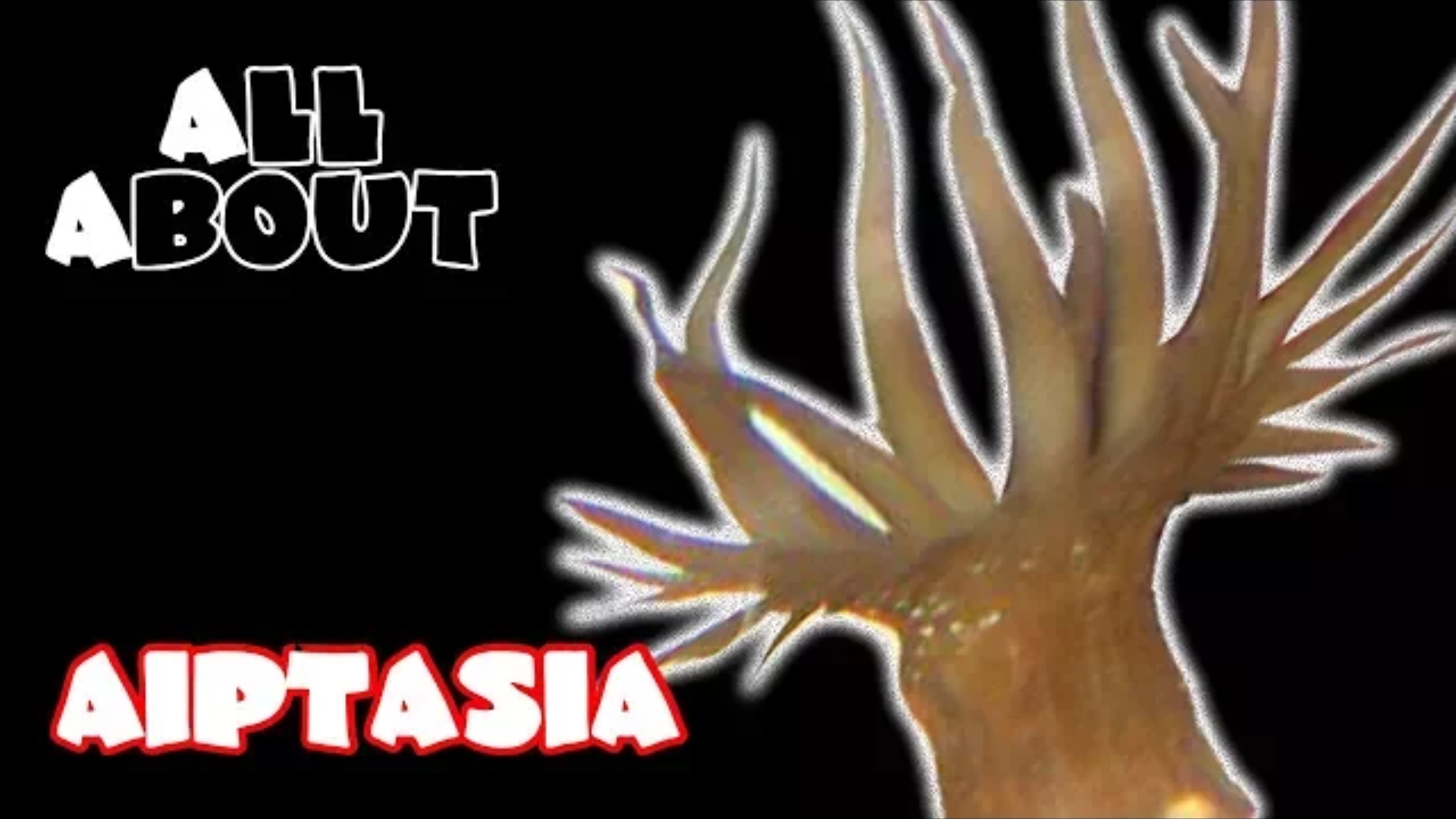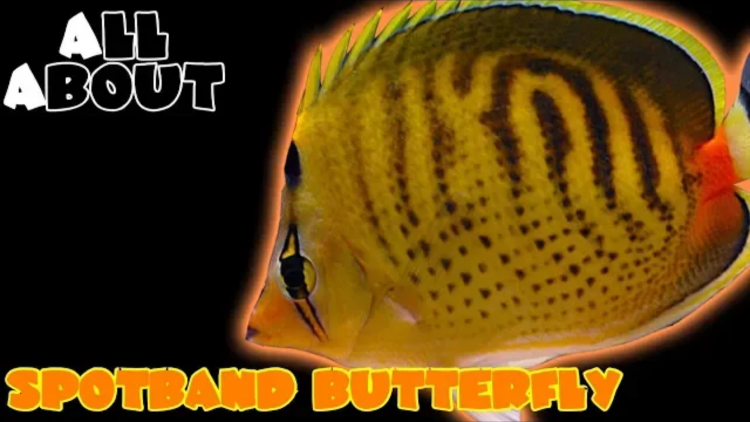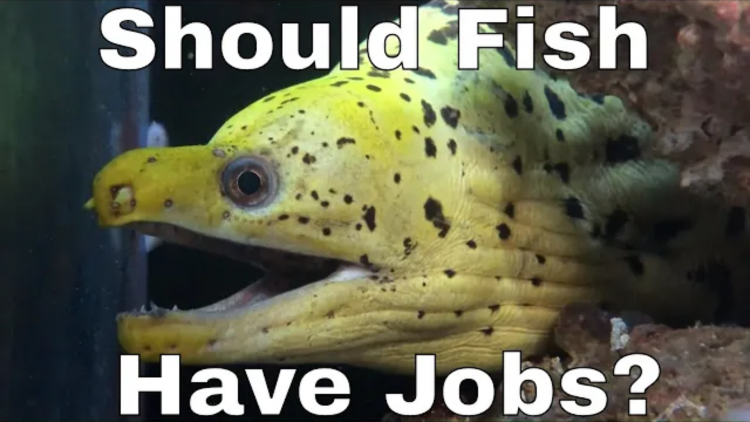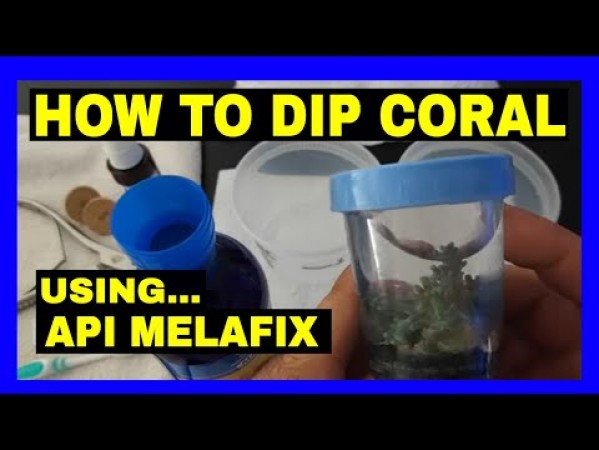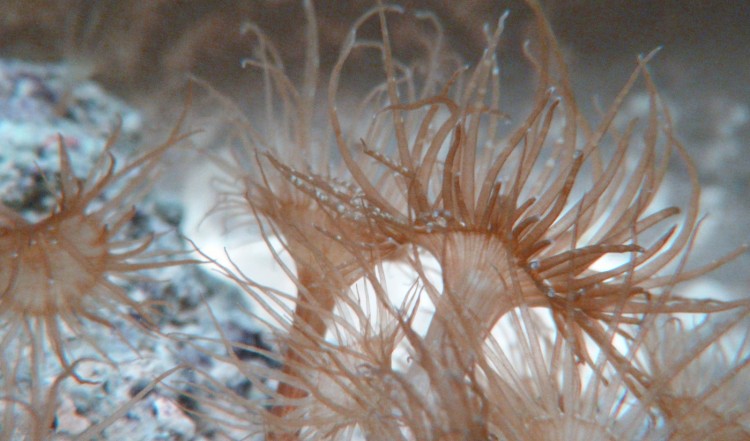- Name:
Manjano Anemone
(View AKA's) - Family: Manjano
- Species: Aiptasia
- Scientific Name: Anemonia manjano
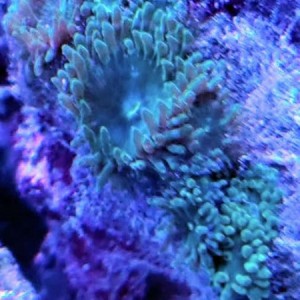

General info about Manjano Anemone
The Majano Anemone is one of the top pest anemones in saltwater and reef tanks. They have strong stings and are aggressive to other corals and fish in your tank. They use venomous cells, nematocysts found in their tentacles, to sting corals and fish. They can be a challenge to get rid of and have been known to take over an aquarium quickly reproducing while stinging and killing other tank mates.
Like Aiptasia, the Majano Anemone is a hitchhiker that attaches to live rock or frag plugs. The best way to avoid them in your main display is to quarantine all new purchases and observe them in the quarantine system to prevent them from getting into your display.
Natural predators for Majano Anemone are Peppermint shrimp which can be added to control them. Keep in mind that they may not touch them and instead go after your corals instead or once the Majano's are gone go, they may start to attack other corals.
Original Detail
| Name | Species | Family | Scientific Name | More Detail | Added by |
|---|---|---|---|---|---|
| Manjano Anemone | Aiptasia | Manjano | Anemonia manjano | The Majano Anemone is one of the top pest anemones in saltwater and reef tanks. They have strong stings and are aggressive to other corals and fish in your tank. They use venomous cells, nematocysts found in their tentacles, to sting corals and fish. They can be a challenge to get rid of and have been known to take over an aquarium quickly reproducing while stinging and killing other tank mates.
Like Aiptasia, the Majano Anemone is a hitchhiker that attaches to live rock or frag plugs. The best way to avoid them in your main display is to quarantine all new purchases and observe them in the quarantine system to prevent them from getting into your display.
Natural predators for Majano Anemone are Peppermint shrimp which can be added to control them. Keep in mind that they may not touch them and instead go after your corals instead or once the Majano's are gone go, they may start to attack other corals. |
PalaciosAn |


